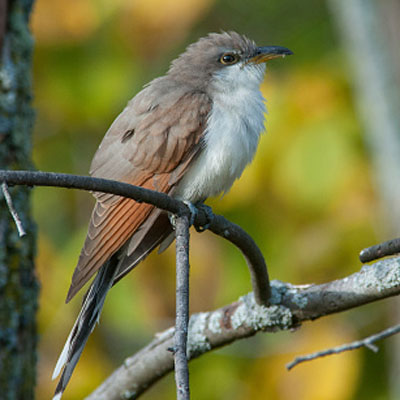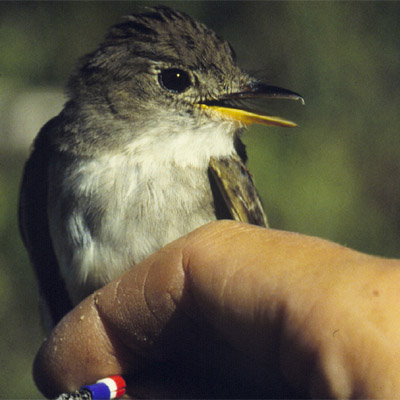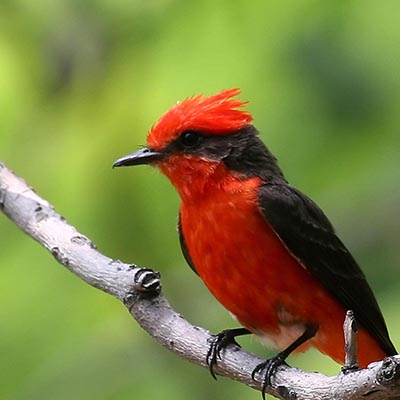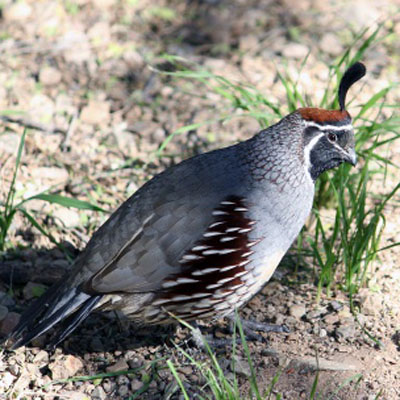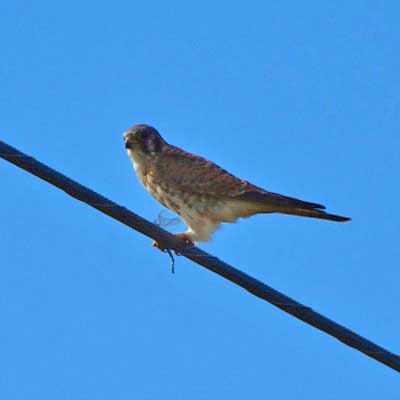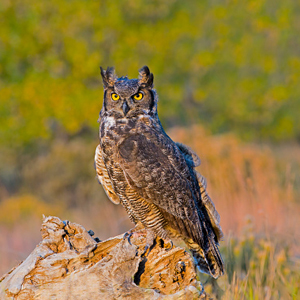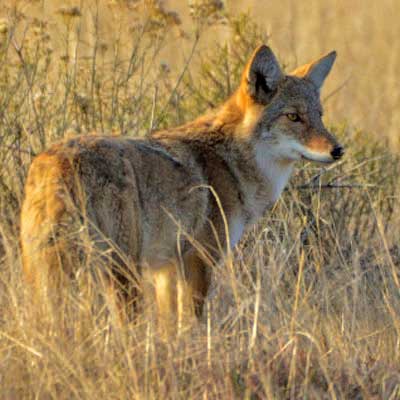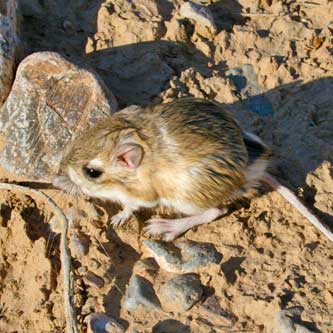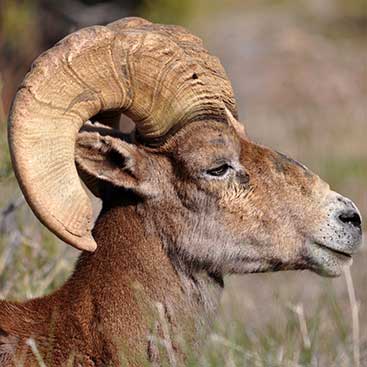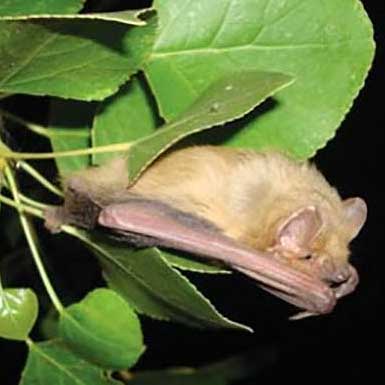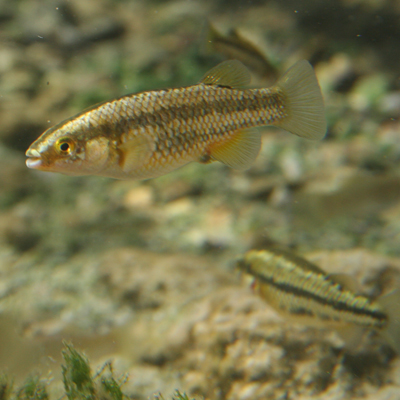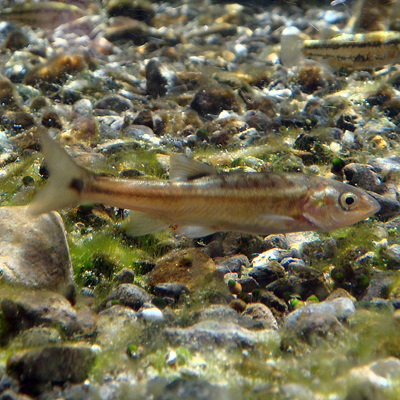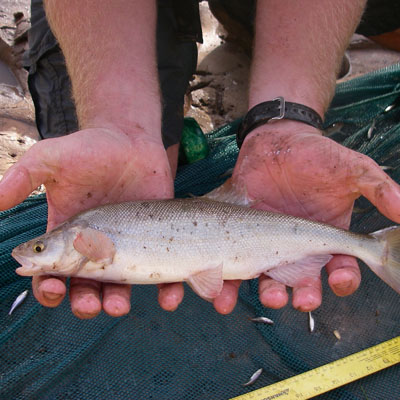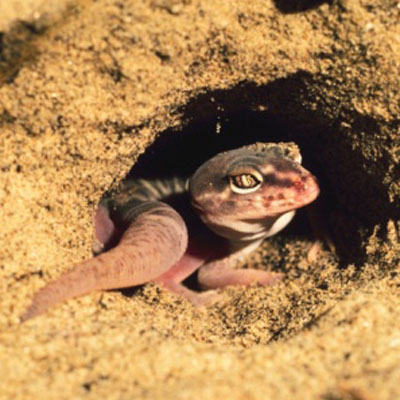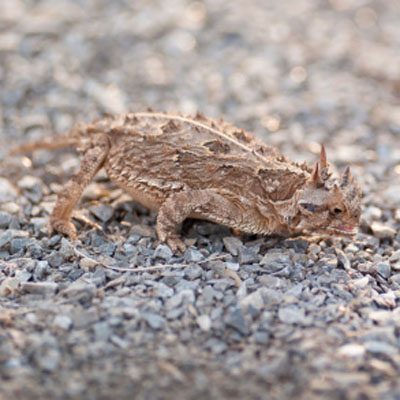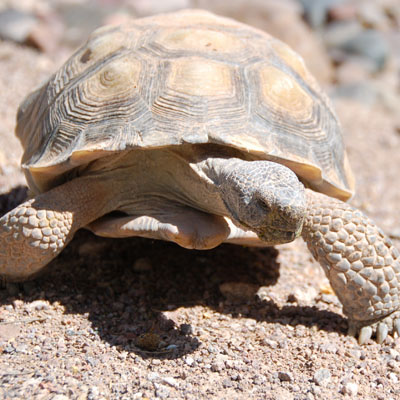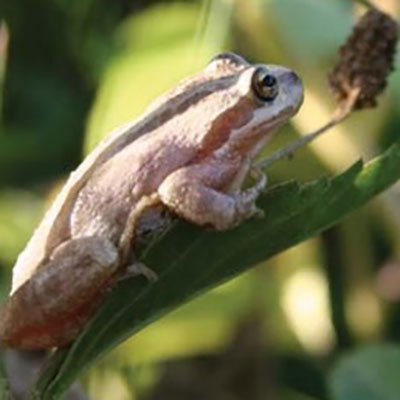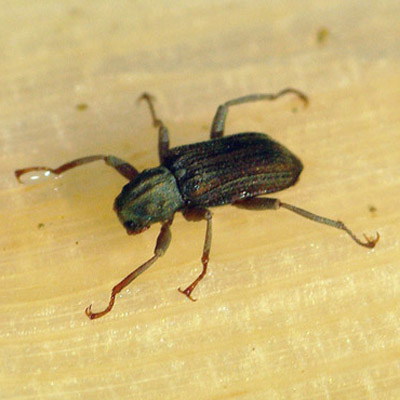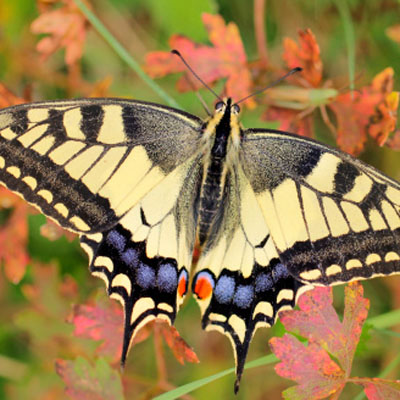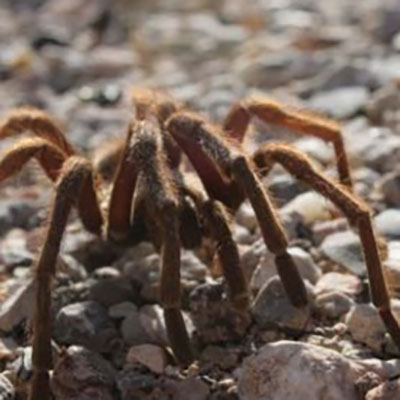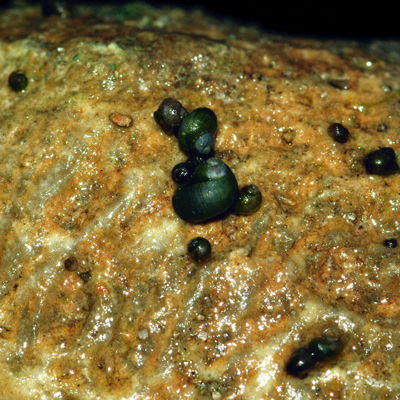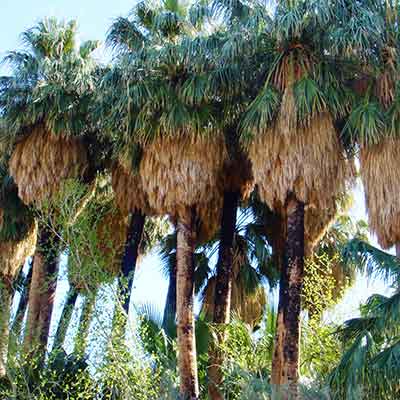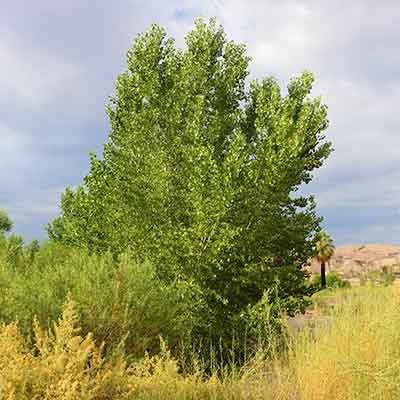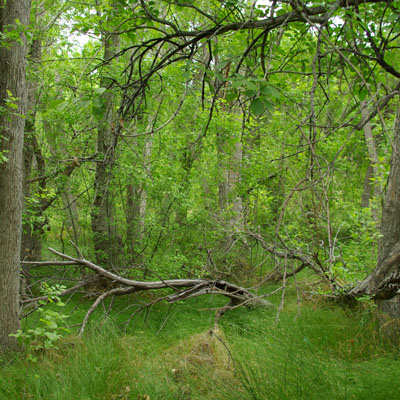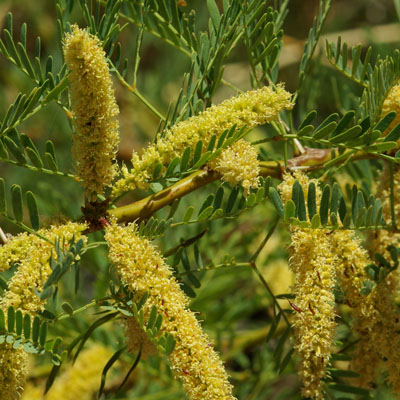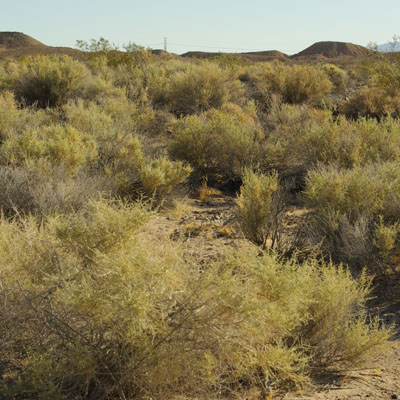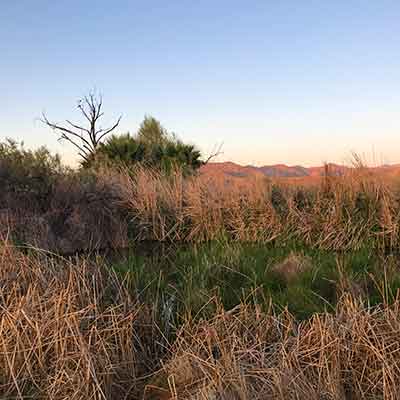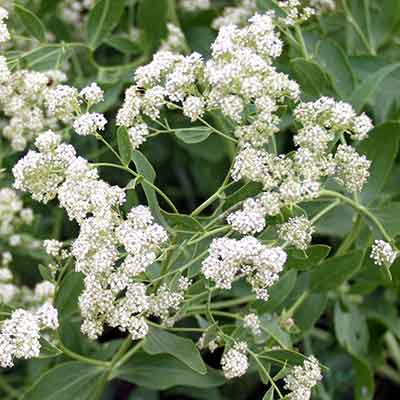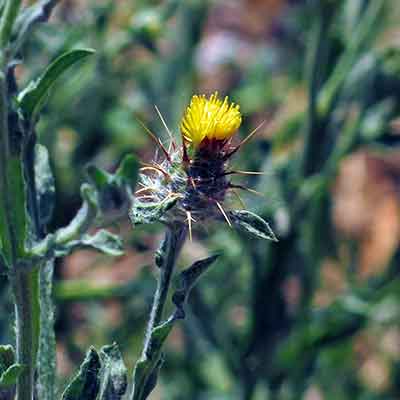Warm Springs Natural Area is considered an ecological isolate (or environmental island) within the dry Mojave Desert. Home to spring-fed streams and riparian and mesquite woodlands, it attracts an abundance of wildlife including rare and endangered species, birds, fish and other aquatic life, mammals, reptiles and amphibians, as well as invertebrates. It also hosts diverse plant life. To learn more about the plants and wildlife at Warm Springs, read our Biological Resources and Management Report.
Birds
Warm Springs Natural Area’s riparian woodlands, mesquite forests, retired pastureland and wetlands welcome an abundant and diverse variety of bird species. Throughout the year, more than 200 species of birds visit or nest at Warm Springs, including the vermilion flycatcher and the threatened yellow-billed cuckoo.
Birds
Warm Springs Natural Area’s riparian woodlands, mesquite forests, retired pastureland and wetlands welcome an abundant and diverse variety of bird species. Throughout the year, more than 200 species of birds visit or nest at Warm Springs, including the vermilion flycatcher and the threatened yellow-billed cuckoo.
Birds
Warm Springs Natural Area’s riparian woodlands, mesquite forests, retired pastureland and wetlands welcome an abundant and diverse variety of bird species. Throughout the year, more than 200 species of birds visit or nest at Warm Springs, including the vermilion flycatcher and the threatened yellow-billed cuckoo.
Birds
Warm Springs Natural Area’s riparian woodlands, mesquite forests, retired pastureland and wetlands welcome an abundant and diverse variety of bird species. Throughout the year, more than 200 species of birds visit or nest at Warm Springs, including the vermilion flycatcher and the threatened yellow-billed cuckoo.
Birds
Warm Springs Natural Area’s riparian woodlands, mesquite forests, retired pastureland and wetlands welcome an abundant and diverse variety of bird species. Throughout the year, more than 200 species of birds visit or nest at Warm Springs, including the vermilion flycatcher and the threatened yellow-billed cuckoo.
Birds
Warm Springs Natural Area’s riparian woodlands, mesquite forests, retired pastureland and wetlands welcome an abundant and diverse variety of bird species. Throughout the year, more than 200 species of birds visit or nest at Warm Springs, including the vermilion flycatcher and the threatened yellow-billed cuckoo.
Mammals
From bighorn sheep to kangaroo rats, mammals large and small are drawn to Warm Springs Natural Area for its water supply, vegetation and available food supply. The mammals seeking food and shelter at Warm Springs include a large and diverse population of bat species, with several roosting in the abundant palm trees here.
Mammals
From bighorn sheep to kangaroo rats, mammals large and small are drawn to Warm Springs Natural Area for its water supply, vegetation and available food supply. The mammals seeking food and shelter at Warm Springs include a large and diverse population of bat species, with several roosting in the abundant palm trees here.
Mammals
From bighorn sheep to kangaroo rats, mammals large and small are drawn to Warm Springs Natural Area for its water supply, vegetation and available food supply. The mammals seeking food and shelter at Warm Springs include a large and diverse population of bat species, with several roosting in the abundant palm trees here.
Mammals
From bighorn sheep to kangaroo rats, mammals large and small are drawn to Warm Springs Natural Area for its water supply, vegetation and available food supply. The mammals seeking food and shelter at Warm Springs include a large and diverse population of bat species, with several roosting in the abundant palm trees here.
Fish
The warm spring waters of Warm Springs Natural Area are home to several fish, including the endangered Moapa dace, whose protection is of critical importance to the environment, and other native species and some non-native species.
Fish
The warm spring waters of Warm Springs Natural Area are home to several fish, including the endangered Moapa dace, whose protection is of critical importance to the environment, and other native species and some non-native species.
Fish
The warm spring waters of Warm Springs Natural Area are home to several fish, including the endangered Moapa dace, whose protection is of critical importance to the environment, and other native species and some non-native species.
Reptiles & amphibians
With more than 10 diverse ecosystems, Warm Springs Natural Area provides ideal habitats for a variety of crawling, slithering, or jumping reptiles and amphibians. Found in varying habitats (depending on the species), you may see some of the slowest (desert tortoise) or quickest (lizards), but catching a glimpse of any one is a treat.
Reptiles & amphibians
With more than 10 diverse ecosystems, Warm Springs Natural Area provides ideal habitats for a variety of crawling, slithering, or jumping reptiles and amphibians. Found in varying habitats (depending on the species), you may see some of the slowest (desert tortoise) or quickest (lizards), but catching a glimpse of any one is a treat.
Reptiles & amphibians
With more than 10 diverse ecosystems, Warm Springs Natural Area provides ideal habitats for a variety of crawling, slithering, or jumping reptiles and amphibians. Found in varying habitats (depending on the species), you may see some of the slowest (desert tortoise) or quickest (lizards), but catching a glimpse of any one is a treat.
Reptiles & amphibians
With more than 10 diverse ecosystems, Warm Springs Natural Area provides ideal habitats for a variety of crawling, slithering, or jumping reptiles and amphibians. Found in varying habitats (depending on the species), you may see some of the slowest (desert tortoise) or quickest (lizards), but catching a glimpse of any one is a treat.
Invertebrates
Invertebrates, like butterflies and dragonflies, make up the largest and most diverse number of species at Warm Springs Natural Area. Several are found nowhere else in the world, including the Moapa naucorid (Limnocoris moapensis, an aquatic true bug), the Moapa pebblesnail, and the Moapa riffle beetle.
Invertebrates
Invertebrates, like butterflies and dragonflies, make up the largest and most diverse number of species at Warm Springs Natural Area. Several are found nowhere else in the world, including the Moapa naucorid (Limnocoris moapensis, an aquatic true bug), the Moapa pebblesnail, and the Moapa riffle beetle.
Invertebrates
Invertebrates, like butterflies and dragonflies, make up the largest and most diverse number of species at Warm Springs Natural Area. Several are found nowhere else in the world, including the Moapa naucorid (Limnocoris moapensis, an aquatic true bug), the Moapa pebblesnail, and the Moapa riffle beetle.
Invertebrates
Invertebrates, like butterflies and dragonflies, make up the largest and most diverse number of species at Warm Springs Natural Area. Several are found nowhere else in the world, including the Moapa naucorid (Limnocoris moapensis, an aquatic true bug), the Moapa pebblesnail, and the Moapa riffle beetle.
Plants
More than 260 species of plants are found at Warm Springs Natural Area within woodlands, marshes, meadows, shrubland, and former animal pastures. The lush vegetation here includes native, non-native and some invasive species. Species that harm or interfere with natural ecosystems are managed or eradicated.
Plants
More than 260 species of plants are found at Warm Springs Natural Area within woodlands, marshes, meadows, shrubland, and former animal pastures. The lush vegetation here includes native, non-native and some invasive species. Species that harm or interfere with natural ecosystems are managed or eradicated.
Plants
More than 260 species of plants are found at Warm Springs Natural Area within woodlands, marshes, meadows, shrubland, and former animal pastures. The lush vegetation here includes native, non-native and some invasive species. Species that harm or interfere with natural ecosystems are managed or eradicated.
Plants
More than 260 species of plants are found at Warm Springs Natural Area within woodlands, marshes, meadows, shrubland, and former animal pastures. The lush vegetation here includes native, non-native and some invasive species. Species that harm or interfere with natural ecosystems are managed or eradicated.
Plants
More than 260 species of plants are found at Warm Springs Natural Area within woodlands, marshes, meadows, shrubland, and former animal pastures. The lush vegetation here includes native, non-native and some invasive species. Species that harm or interfere with natural ecosystems are managed or eradicated.
Plants
More than 260 species of plants are found at Warm Springs Natural Area within woodlands, marshes, meadows, shrubland, and former animal pastures. The lush vegetation here includes native, non-native and some invasive species. Species that harm or interfere with natural ecosystems are managed or eradicated.
Plants
More than 260 species of plants are found at Warm Springs Natural Area within woodlands, marshes, meadows, shrubland, and former animal pastures. The lush vegetation here includes native, non-native and some invasive species. Species that harm or interfere with natural ecosystems are managed or eradicated.
Plants
More than 260 species of plants are found at Warm Springs Natural Area within woodlands, marshes, meadows, shrubland, and former animal pastures. The lush vegetation here includes native, non-native and some invasive species. Species that harm or interfere with natural ecosystems are managed or eradicated.
Moapa dace (Moapa coriacea)
The Moapa dace, a small, fresh-water fish, can be found in streams throughout the Warm Springs Natural Area and in tributaries and the upper main stem of the Muddy River.
The Moapa dace is one of six endemic species at Warm Springs. These endemic species are native and can only be found in this region of Nevada and nowhere else on earth. Of all the sensitive species at Warm Springs, the Moapa dace is the most imperiled.
Listed as an endangered species in 1967 under the federal Endangered Species Preservation Act, the preservation and population recovery of the Moapa dace has received the highest priority in the management of Warm Springs, and the U.S. Fish and Wildlife Service considers the recovery of the Moapa dace to be essential in this region.
The recovery of the Moapa dace population is dependent upon maintaining spring slows, restoring stream habitat quality, and the removal of non-native, invasive and predatory fish, parasites and vegetation.
Recovery efforts at Warm Springs have resulted in fish that appear healthy and are reproducing. The population has grown from 459 in 2008 to consistently more than a thousand. The most recent Moapa dace census counted 1,933 Moapa dace in February 2023. The goal is an adult population of 6,000 adult Moapa dace.
Moapa dace have an average life span of at least four years, but can live up to eight years in the main stem of the Muddy River. During their early stages of life, Moapa dace require the warmth of the spring water. As adults, they can tolerate slightly cooler water. However, they return to the spring outflows to reproduce. Reproduction takes place year round, but peak reproduction occurs in the spring when the food sources, such as insects and algae, are most readily available.
Habitat preference varies with each life stage. As the Moapa dace grows and can tolerate cooler temperatures it will venture away from the spring-water source. Moapa dace live in three habitat types: thermal springs, thermal tributaries, and the mainstem river.
Young Moapa dace start out feeding on algae. As the fish grow older, they eat invertebrates in addition to algae. Birds, including the Great Blue Heron, are the natural predator of the Moapa dace. However, the introduction of non-native fish, including tilapia, into the Muddy River system has created unnatural predators that have threatened the Moapa dace population. Fish barriers have been installed to help prevent these predatory fish from reaching the Moapa dace within the spring tributaries.

Fun fact: The Moapa dace can be identified by the large black spot near the base of its tail fin!
Endangered, rare and at-risk species
The prominence of water in an otherwise barren, desert landscape makes Warm Springs Natural Area an oasis for regional wildlife, including over 28 endangered, threatened and sensitive species.
In addition to the Moapa dace, other federally protected species in Warm Springs include the Southwestern willow flycatcher, yellow-billed cuckoo and the desert tortoise.
Other sensitive species that occur here are listed by the Nevada Natural Heritage program, or other government lists of sensitive species.

